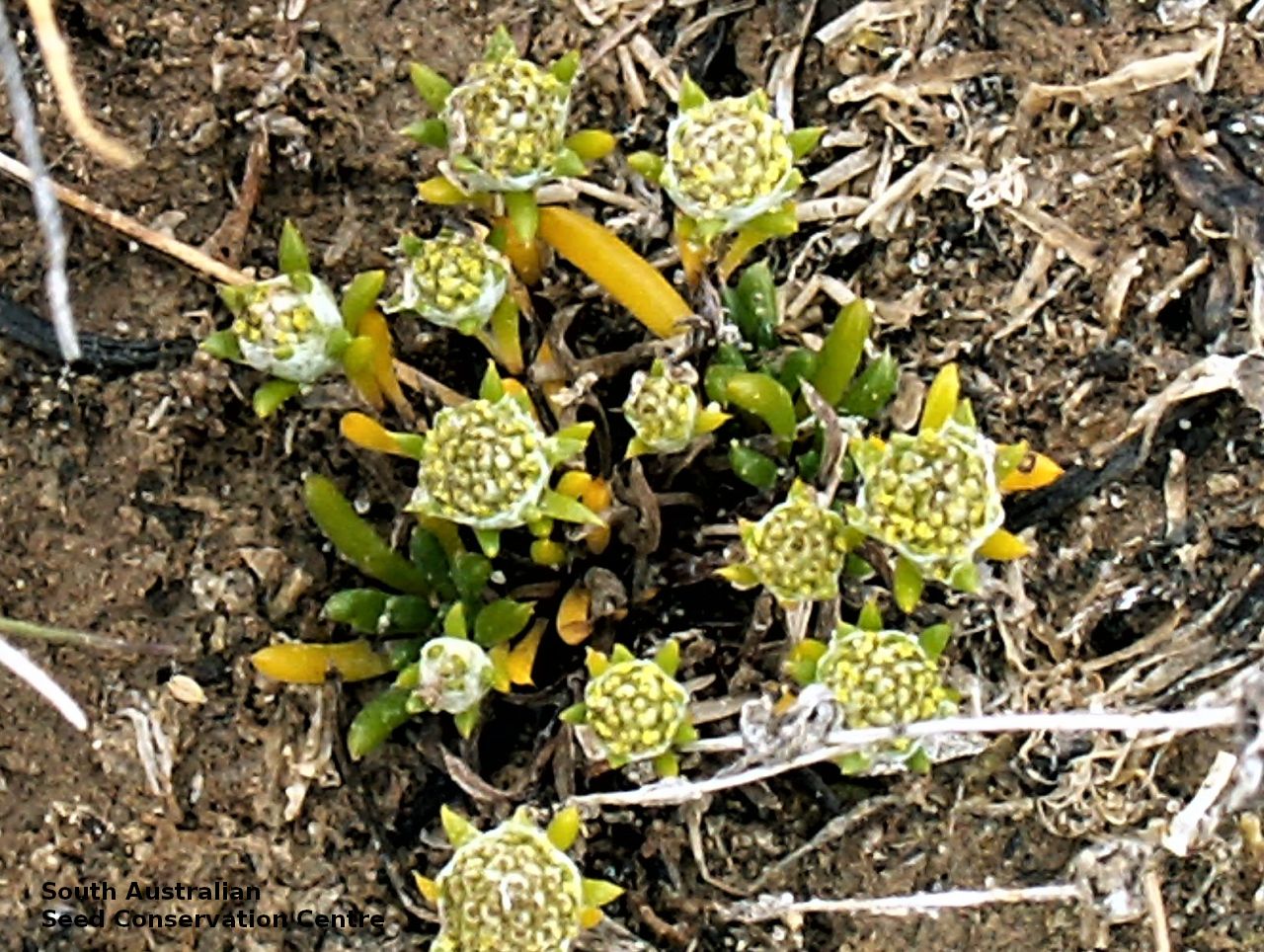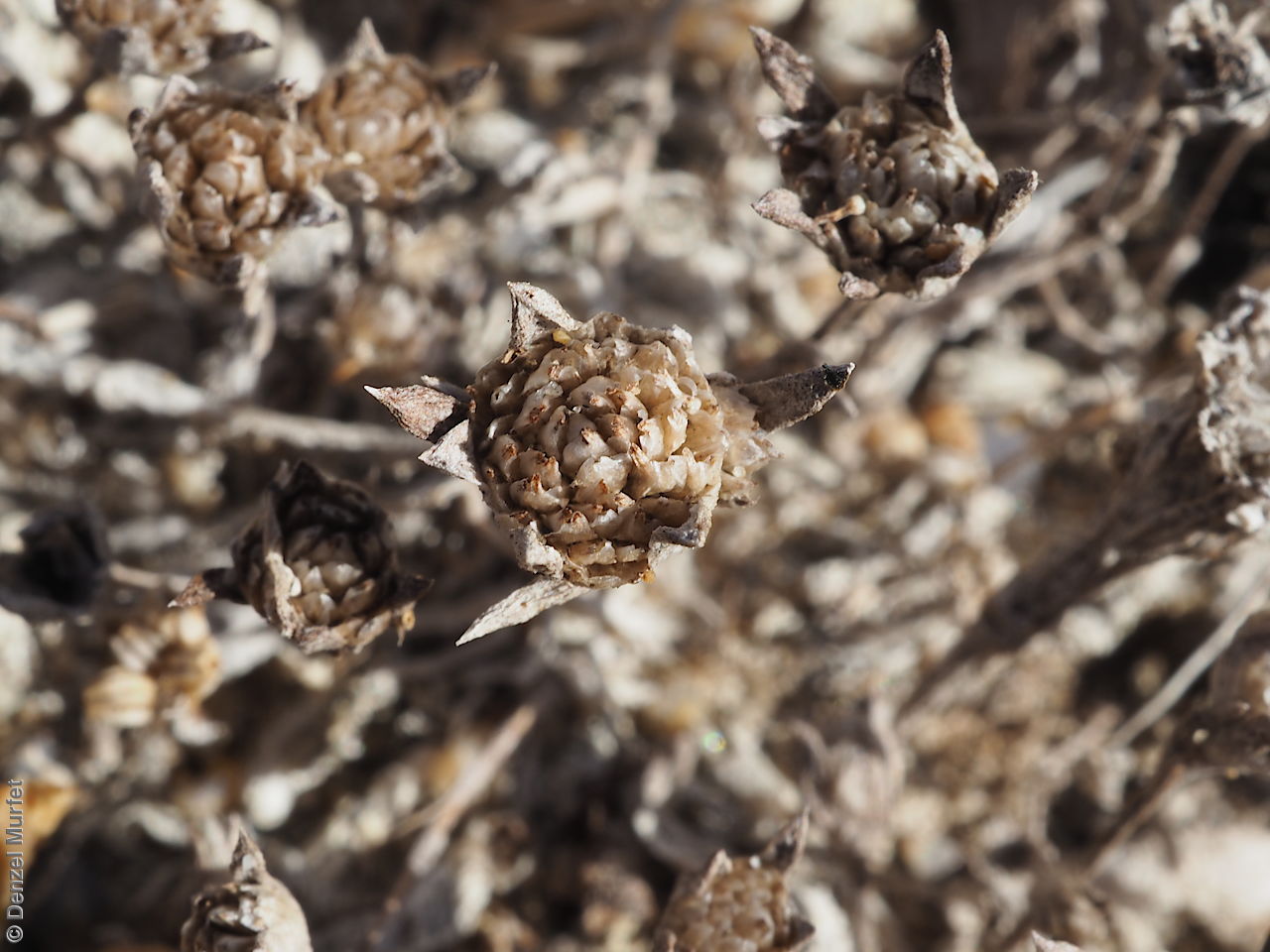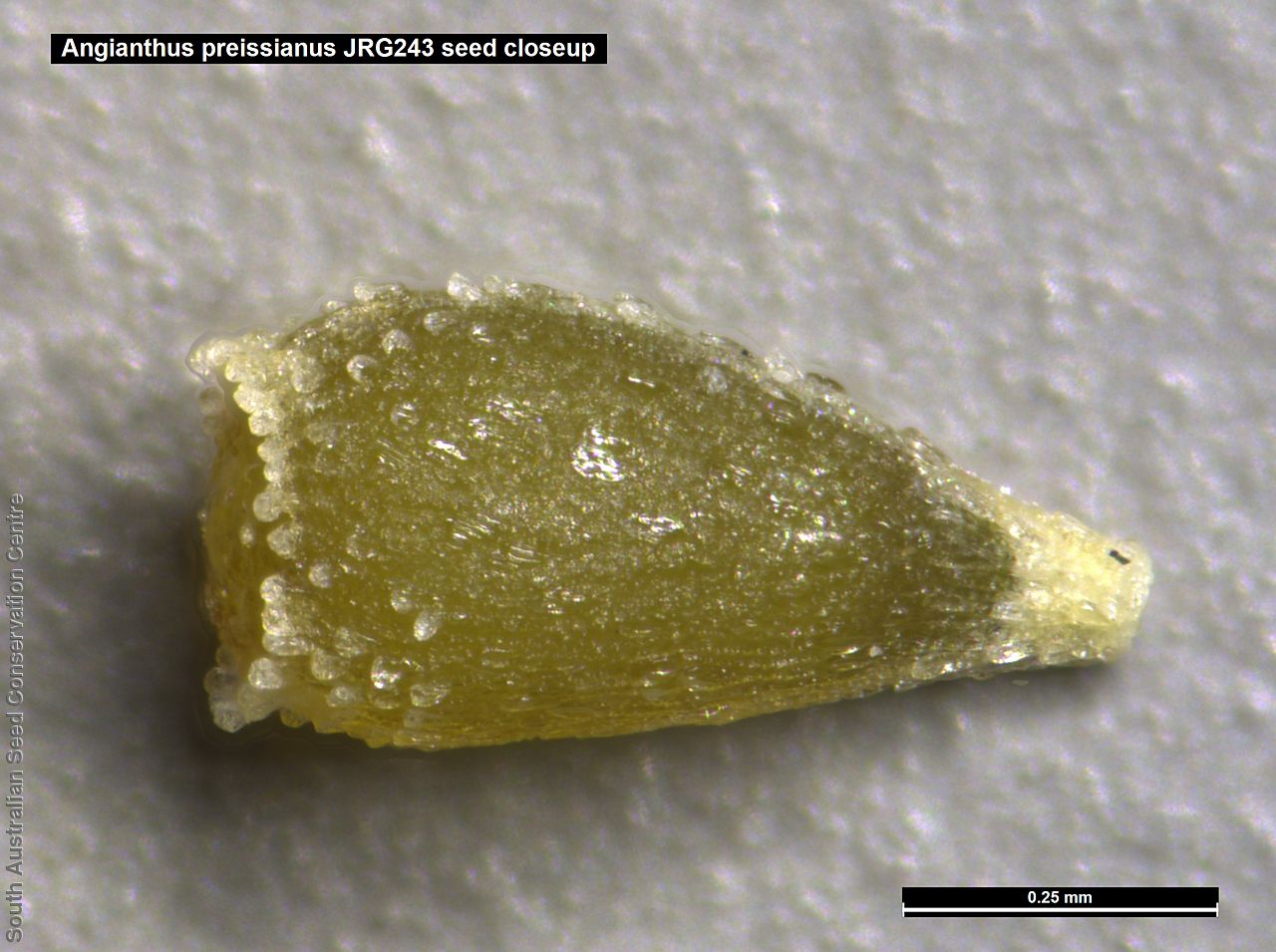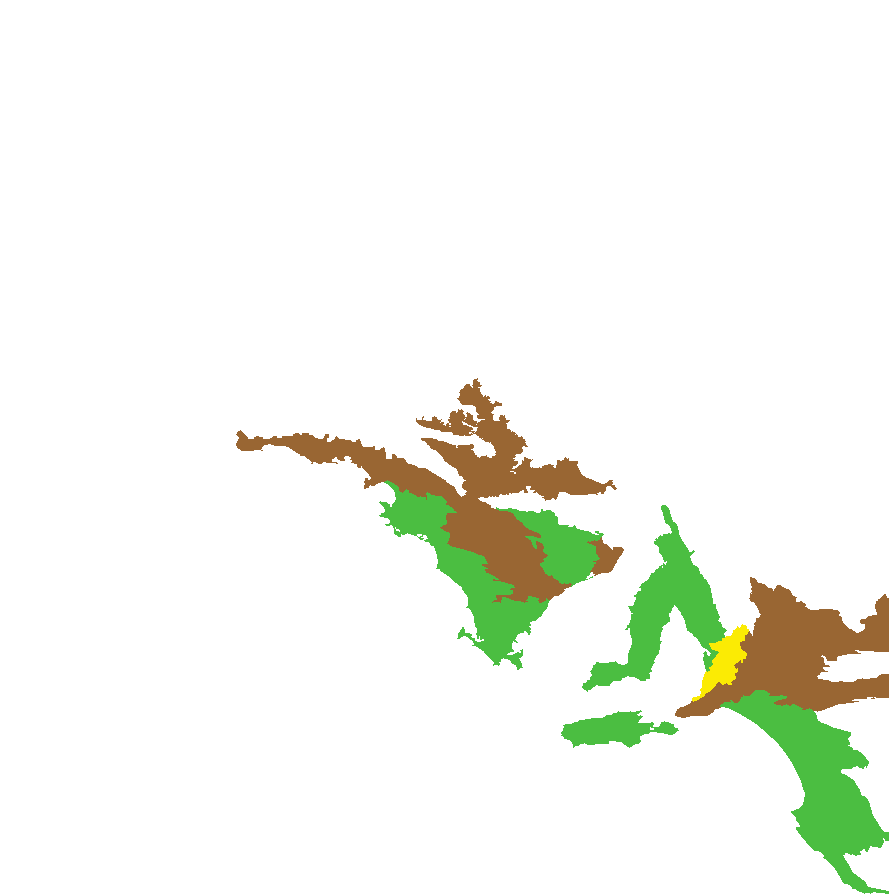















Botanical art
Prior names
Styloncerus preissianus
Skirrophorus eriocephalus
Angianthus eriocephalus
Skirrophorus preissianus
Common names
Salt Cup-flower
Salt Angianthus
Etymology
Angianthus from the Greek 'angeion' meaning a vessel or cup and 'anthos' meaning flower, referring to the cup formed by the pappus scales in Angianthuis tomentosus. Preissianus named after Johann August Ludwig Preiss (1811 - 1883), botanist and plant collector in Western Australia.
Distribution and status
Found across the southern part of South Australia in coastal or near-coastal situations, growing on saline, usually sandy soils in a variety of coastal habitats including the edges of salt marshes. Also found in Western Australia, Victoria and Tasmania. Native. Common in South Australia. Common in the other states.
Herbarium regions: Eyre Peninsula, Murray, Yorke Peninsula, Southern Lofty, Kangaroo Island, South Eastern, Green Adelaide
AVH map: SA distribution map (external link)
Plant description
Annual herb to 8 cm high with several stems arising from the base, either prostrate or erect to 16 cm long. Leaves opposite and alternate; herbaceous to semi-succulent; narrowly elliptical to linear and subterete to 10 mm long and 2 mm wide; densely cobwebby. Flower-heads subglobular to 8 mm diameter with yellow ray-less daisy flowers. Flowering between September and December. Fruits are small dense, dry daisy-heads. Seeds are dark brown, pyramid-shaped achenes to 0.8 mm long, with no pappus. Seed embryo type is spathulate fully developed.
Seed collection and propagation
Collect seeds between November and February. Collect heads that are hard, drying off and turning pale brown. Place the heads in a tray for a week to dry. Then rub the heads gently with your hands to dislodge the seeds. Be carefully as the seeds are very small. Viable seeds will be dark and hard. Store the seeds with a desiccant such as dried silica beads or dry rice, in an air tight container in a cool and dry place. From one collection, the seed viability was high, at 100%. Seeds are non-dormant, viable seed should germinate readily.
| Location | No. of seeds (weight grams) | Number of plants | Date collected | Collection number Collection location | Date stored | % Viability | Storage temperature |
|---|---|---|---|---|---|---|---|
| BGA | 30,000 (1.1 g) | 17-Jan-2007 | DJD749 Yorke Peninsula | 1-Aug-2007 | 100% | -18°C |
Number of plants: This is the number of plants from which the seeds were collected.
Collection location: The Herbarium of South Australia's region name.
% Viability: Percentage of filled healthy seeds determined by a cut test or x-ray.